Home>Home Appliances>Kitchen Appliances>How To Dry Apricots In A Dehydrator
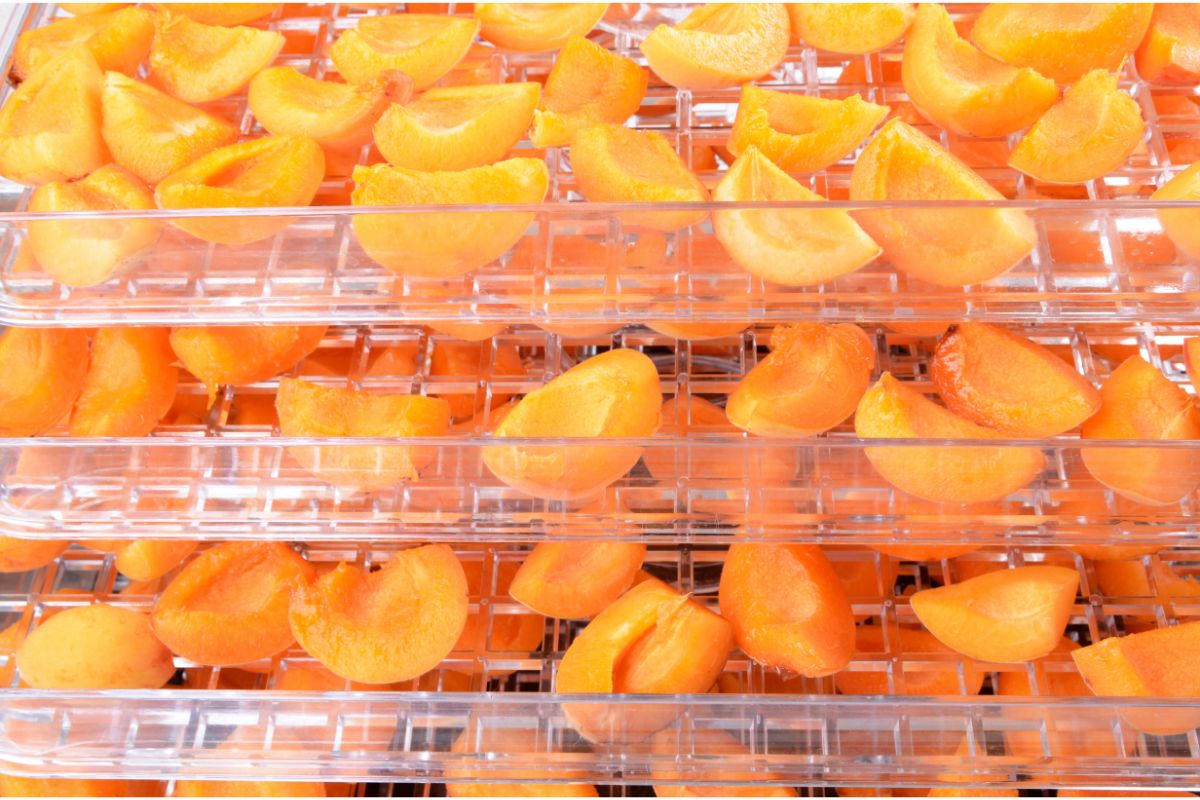

Kitchen Appliances
How To Dry Apricots In A Dehydrator
Modified: January 8, 2024
Learn how to perfectly dry apricots in a dehydrator with our easy step-by-step guide. Discover the best techniques for preserving fruits using kitchen appliances.
(Many of the links in this article redirect to a specific reviewed product. Your purchase of these products through affiliate links helps to generate commission for Storables.com, at no extra cost. Learn more)
Introduction
Welcome to the wonderful world of dehydrating apricots! Whether you have an abundance of fresh apricots from your garden or found a great deal at the local market, learning how to dry apricots in a dehydrator is a fantastic way to preserve their delicious flavor and extend their shelf life. Dried apricots are not only a convenient and portable snack but also a versatile ingredient in various recipes, adding a sweet and tangy punch to both sweet and savory dishes.
In this comprehensive guide, we'll walk you through the process of selecting the best apricots for drying, preparing them for the dehydrator, using the dehydrator effectively, understanding the drying process, and properly storing the finished product. Additionally, we'll share some valuable tips and tricks to ensure that your dried apricots turn out perfectly every time.
So, grab your apricots and let's embark on a flavorful journey of preserving these delightful fruits through the art of dehydration. Whether you're a seasoned dehydrating enthusiast or a curious beginner, this guide will equip you with the knowledge and confidence to create delicious dried apricots that you can enjoy year-round. Let's dive in and discover the secrets of drying apricots in a dehydrator!
Key Takeaways:
- Preserve the Flavor: Drying apricots in a dehydrator preserves their delicious flavor and creates a versatile ingredient for various recipes, ensuring year-round enjoyment.
- Master the Process: From selecting and preparing apricots to using a dehydrator and storing the dried fruit, this guide equips you with the knowledge and skills to create perfect dried apricots every time.
Read more: How To Store Dried Apricots
Choosing and Preparing Apricots
When it comes to drying apricots, selecting the right fruit and properly preparing it are crucial steps that significantly impact the quality of the end product. Here’s what you need to know:
Choosing Fresh Apricots
- Opt for ripe but firm apricots with a vibrant orange color and a slight give when gently squeezed. Avoid overripe or mushy apricots, as they may not hold up well during the drying process.
- If you're picking apricots from a tree or purchasing them from a local market, look for fruits that are free from blemishes, bruises, or signs of mold.
- Consider the variety of apricots you're using. While all apricots can be dried, some varieties are known for their exceptional flavor and sweetness when dried, such as Blenheim and Moorpark.
Preparing the Apricots
- Wash the apricots thoroughly under cool running water to remove any dirt or debris. Pat them dry with a clean kitchen towel.
- Cut the apricots in half, and gently twist to separate the halves. Remove the pits and discard them.
- For aesthetic purposes and to prevent browning, consider treating the apricot halves with a solution of lemon juice and water before placing them in the dehydrator.
- If desired, you can also slice the apricots into quarters or smaller pieces, depending on your preference and the intended use of the dried fruit.
By carefully choosing and preparing your apricots, you set the stage for a successful drying process that yields flavorful and visually appealing dried apricots. With your apricots ready to go, it’s time to move on to the next step: using a dehydrator to dry the fruit to perfection.
Using a Dehydrator
Dehydrators are invaluable appliances for preserving fruits, vegetables, herbs, and more. When it comes to drying apricots, a dehydrator offers precise temperature control and consistent airflow, resulting in evenly dried fruit with optimal flavor and texture. Here’s how to make the most of your dehydrator when drying apricots:
Read more: How To Dry Figs In A Dehydrator
Preparing the Dehydrator
- Before you begin, carefully clean and sanitize your dehydrator and its trays to ensure a hygienic environment for drying the apricots.
- Assemble the dehydrator trays and ensure that they are completely dry before use. This helps prevent any moisture from affecting the drying process.
- Depending on the model of your dehydrator, familiarize yourself with the temperature settings and airflow adjustments to tailor the drying conditions to the specific requirements of apricots.
Arranging the Apricots
- Place the prepared apricot halves or slices on the dehydrator trays in a single layer, ensuring that there is space between each piece to allow for proper airflow.
- Take care to arrange the apricots with the cut side facing up. This allows the air to circulate around the fruit more effectively, promoting even drying.
- If your dehydrator comes with solid or non-stick sheets, use them to prevent the apricots from sticking to the trays during the drying process.
Setting the Temperature and Time
- For drying apricots, a recommended temperature range is typically between 125°F and 135°F (about 52°C to 57°C). This gentle heat preserves the natural sweetness and flavor of the fruit while removing moisture.
- The drying time can vary based on factors such as the size of the apricot pieces, the moisture content of the fruit, and the specific dehydrator model. Plan for approximately 8 to 24 hours for the apricots to fully dry, checking for doneness periodically.
- Refer to your dehydrator’s manual for specific guidelines on drying fruit and adjust the settings as needed based on the manufacturer’s recommendations.
With your dehydrator set up and the apricots arranged for drying, it’s time to understand the fascinating process of transforming fresh apricots into delectably chewy and flavorful dried treats. Let’s delve into the intricacies of the drying process and what to expect as your apricots undergo the transformation.
Drying Process
As the dehydrator works its magic, the drying process gradually transforms the succulent apricot halves or slices into delightful, chewy dried fruit. Understanding the stages and intricacies of this process can help you monitor the progress and ensure that the apricots reach the perfect level of dryness. Here’s what to expect during the drying process:
Read more: How To Dry Cherries In A Dehydrator
Initial Stage
During the first few hours of drying, the apricots will start to lose moisture, and you may notice a subtle change in their appearance and texture. The surface of the fruit may develop a slightly tacky or sticky feel as the moisture evaporates. This is a normal part of the process, so resist the urge to remove the apricots prematurely.
Mid-Stage Drying
As the drying process continues, the apricots will gradually shrink in size and become firmer. The surface stickiness will diminish, and the fruit will take on a more leathery texture. It’s essential to periodically check the apricots for dryness by gently pressing them to assess their firmness. They should still be pliable and chewy without feeling excessively moist or soft.
Final Drying Phase
As the apricots approach the final stage of drying, their texture will become uniformly chewy, and they will no longer feel sticky or moist to the touch. At this point, the apricots are fully dried and ready to be removed from the dehydrator. Be mindful not to over-dry the fruit, as this can result in a tough and overly chewy consistency.
Testing for Doneness
To ensure that the apricots are adequately dried, perform a simple visual and tactile test. The fruit should appear slightly wrinkled and feel pliable yet firm. When you tear a piece in half, there should be no visible moisture along the tear line, indicating that the apricots are thoroughly dried and ready for the next step: storing them for future enjoyment.
By understanding the stages of the drying process and monitoring the apricots as they transform, you can achieve the perfect balance of chewiness and flavor in your dried apricots. With the drying process complete, it’s time to shift our focus to the crucial step of storing the dried apricots to maintain their quality and freshness.
Read more: How To Dry Flowers In A Dehydrator
Storing Dried Apricots
Proper storage is essential to maintain the flavor, texture, and shelf life of your meticulously dried apricots. By employing the right techniques, you can ensure that your dried apricots retain their deliciousness for an extended period. Here’s how to store them effectively:
Cooling and Conditioning
Once the apricots have completed the drying process and are removed from the dehydrator, allow them to cool completely at room temperature. This cooling period helps equalize the moisture content within the fruit and prepares them for storage.
Conditioning the Dried Apricots
If you want to be extra cautious, consider conditioning the dried apricots before final storage. This involves placing the cooled apricots in airtight containers or resealable bags for a few days. During this time, any remaining moisture will distribute evenly among the apricots. Check the containers daily for any signs of condensation, which indicates the need for further drying.
Choosing Storage Containers
Opt for airtight containers such as glass jars, food-grade plastic containers, or resealable bags to store the dried apricots. These containers help prevent exposure to moisture and air, safeguarding the apricots from deterioration.
Read more: How To Dry Oranges In A Dehydrator
Store in a Cool, Dark Place
Find a cool, dark, and dry storage location for your dried apricots. Excessive exposure to light and heat can compromise the quality of the fruit, leading to flavor loss and potential spoilage. A pantry, cupboard, or cellar with consistent temperature and minimal light exposure is ideal for long-term storage.
Refrigeration or Freezing
If you anticipate storing the apricots for an extended period, consider refrigerating or freezing them for prolonged freshness. When stored in airtight containers or freezer bags, dried apricots can maintain their quality for up to a year in the refrigerator and even longer in the freezer.
By following these storage guidelines, you can savor the delightful flavor of your dried apricots well into the future. With the apricots safely stored, let’s explore some valuable tips and tricks to enhance your drying experience and ensure exceptional results every time.
Tips and Tricks
Enhance your apricot-drying expertise with these valuable tips and tricks that can elevate the quality and convenience of the entire process:
Quality Over Quantity
When selecting apricots for drying, prioritize quality over quantity. Opt for fresh, ripe apricots with exceptional flavor and texture, as these will yield the best results when dried.
Read more: How To Dry Rosemary In A Dehydrator
Uniform Slices for Even Drying
If you’re slicing the apricots before drying, aim for uniform thickness to promote even drying. This ensures that all pieces dry at a consistent rate, preventing some from becoming overly dry while others retain excess moisture.
Prevent Browning with Citrus Solution
To prevent the cut surfaces of the apricots from browning during drying, consider treating them with a solution of lemon juice and water. This simple step helps maintain the fruit’s natural color and visual appeal.
Rotate and Rearrange During Drying
Periodically rotate and rearrange the trays in the dehydrator during the drying process. This promotes uniform drying and prevents any areas from becoming overly dry or under-dried.
Label and Date Storage Containers
When storing the dried apricots, label the containers with the date of drying. This practice helps track the freshness of the apricots and ensures that older batches are used before newer ones.
Read more: How To Dry Cranberries In A Dehydrator
Rehydrate for Versatility
If desired, you can rehydrate dried apricots by soaking them in warm water or fruit juice. This rehydration process restores the fruit’s plumpness and makes it suitable for use in various recipes, such as baked goods, sauces, and savory dishes.
Experiment with Flavor Infusions
Before drying, consider infusing the apricots with additional flavors by sprinkling them with cinnamon, ginger, or other spices, or drizzling them with honey or agave nectar. This adds a delightful twist to the dried apricots, enhancing their taste and versatility.
By incorporating these tips and tricks into your apricot-drying routine, you can refine your approach and achieve outstanding results that elevate the enjoyment and versatility of your dried apricots. With these insights in mind, it’s time to wrap up our journey through the art of drying apricots in a dehydrator.
Conclusion
Congratulations on mastering the art of drying apricots in a dehydrator! By carefully selecting, preparing, dehydrating, and storing the apricots, you’ve unlocked the potential to enjoy their delightful flavor and nutritional benefits throughout the year. Whether you indulge in the chewy sweetness of dried apricots as a standalone snack or incorporate them into an array of culinary creations, your efforts have yielded a versatile and delicious ingredient that enhances a wide range of dishes.
As you continue your culinary adventures, remember that the process of drying apricots is not only a practical means of preservation but also a delightful journey that allows you to savor the essence of this beloved fruit in a new and exciting form. The knowledge and skills you’ve gained in this guide empower you to confidently embark on future dehydrating endeavors, exploring the preservation of other fruits, vegetables, and herbs with equal success and satisfaction.
With your newfound expertise, you can share the joy of dried apricots with friends and family, impressing them with your flavorful creations and inspiring them to explore the world of dehydrating. Whether you’re savoring the chewy sweetness of a perfectly dried apricot or delighting in the culinary possibilities it offers, your journey into the world of dehydrating has enriched your culinary repertoire and elevated your appreciation for the natural bounty of fresh produce.
So, as you savor the fruits of your labor – quite literally – take pride in the knowledge that you’ve harnessed the art of drying apricots in a dehydrator, transforming a humble fruit into a delectable treat that embodies the essence of the seasons. May your future dehydrating endeavors be filled with creativity, flavor, and the satisfaction of preserving nature’s bounty in its most delightful form.
Frequently Asked Questions about How To Dry Apricots In A Dehydrator
Was this page helpful?
At Storables.com, we guarantee accurate and reliable information. Our content, validated by Expert Board Contributors, is crafted following stringent Editorial Policies. We're committed to providing you with well-researched, expert-backed insights for all your informational needs.
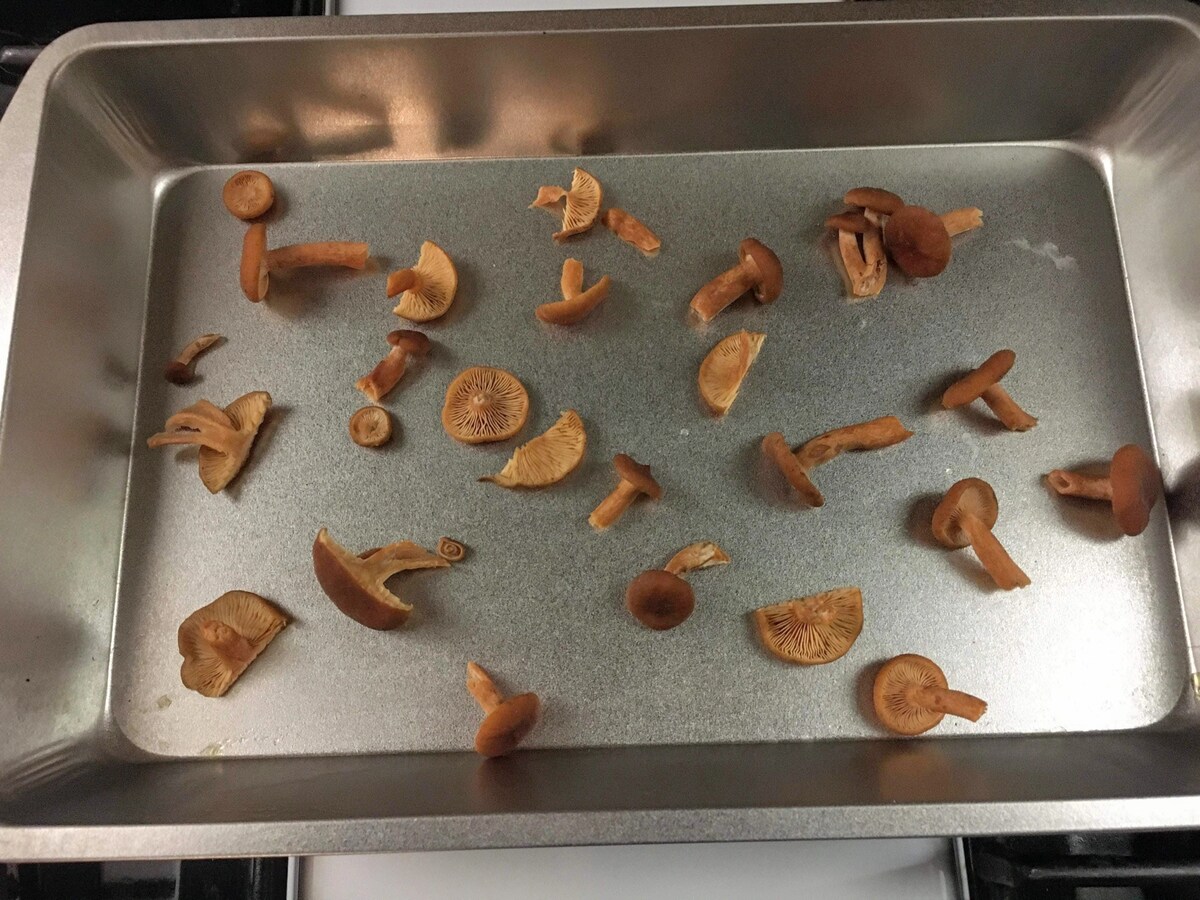
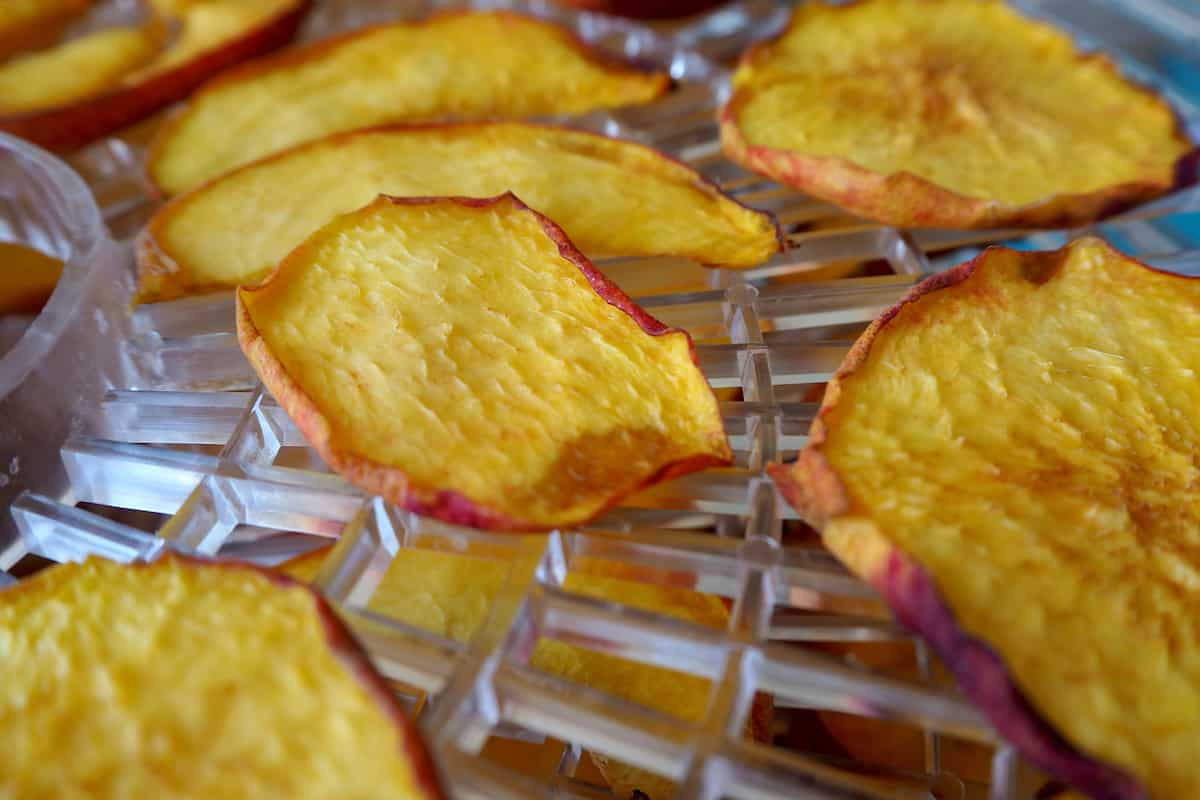
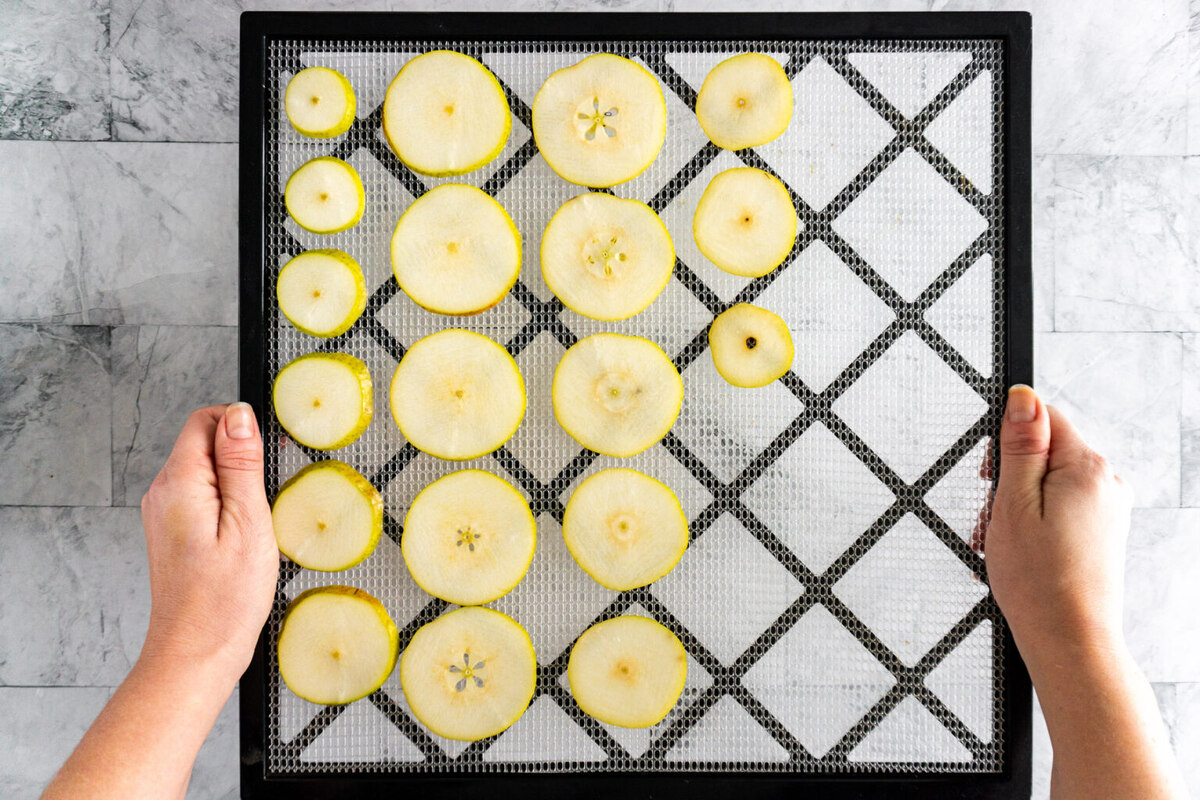
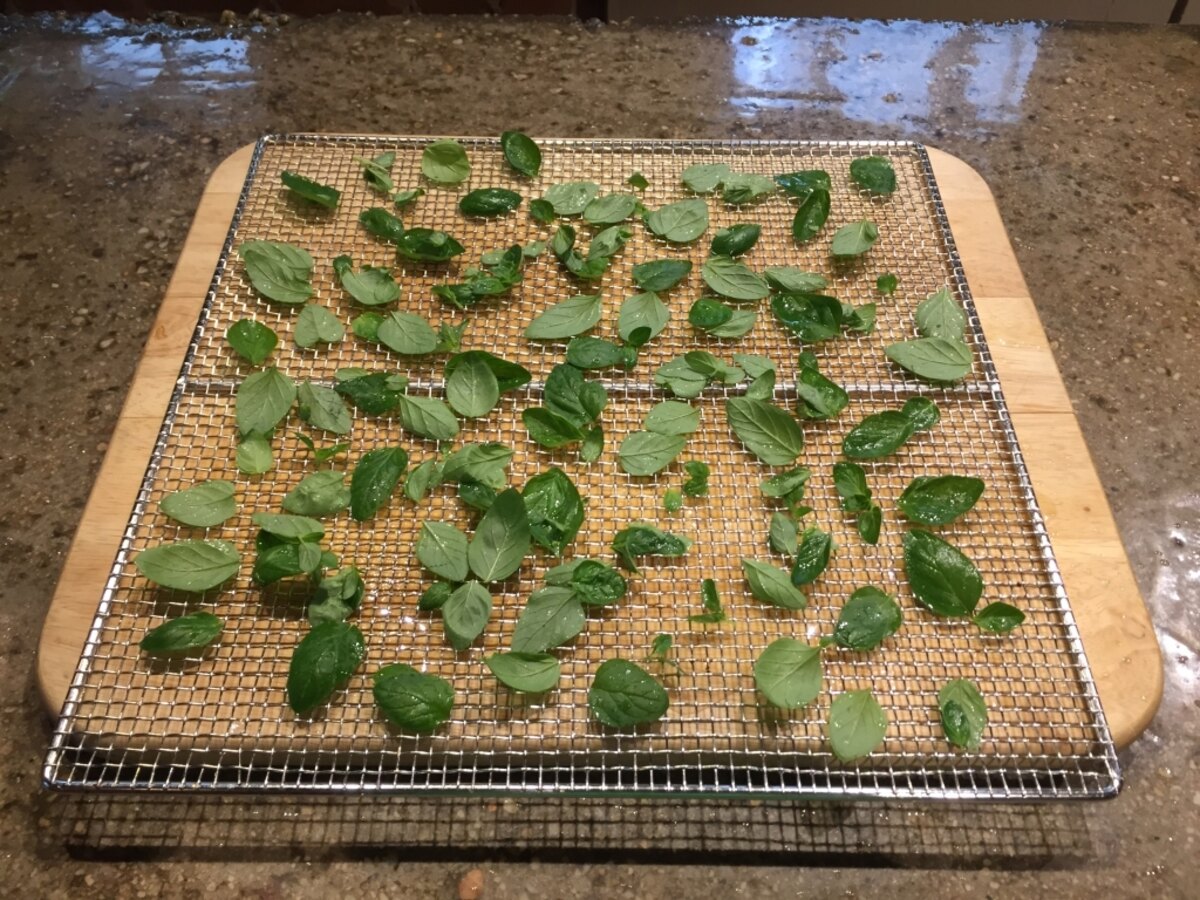
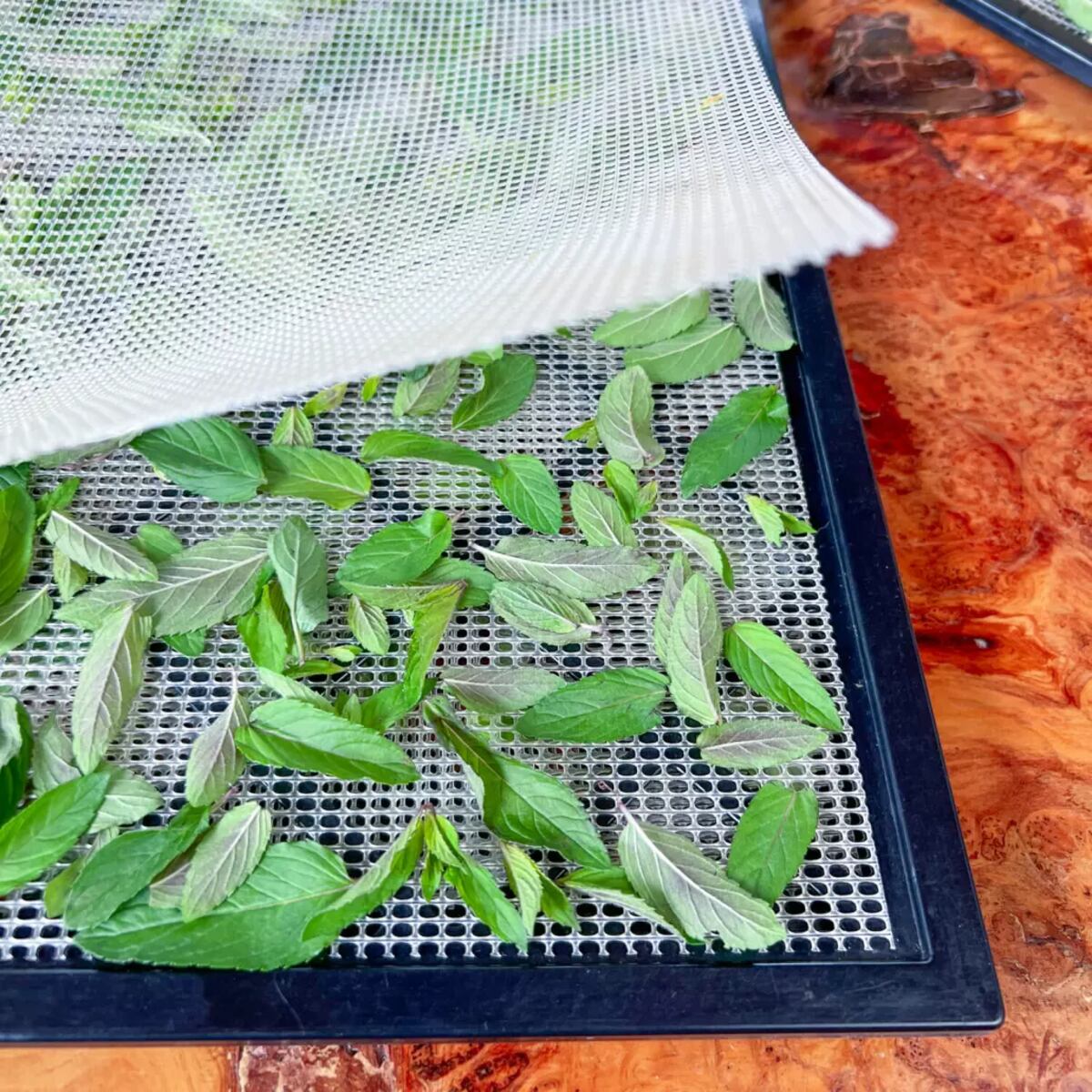
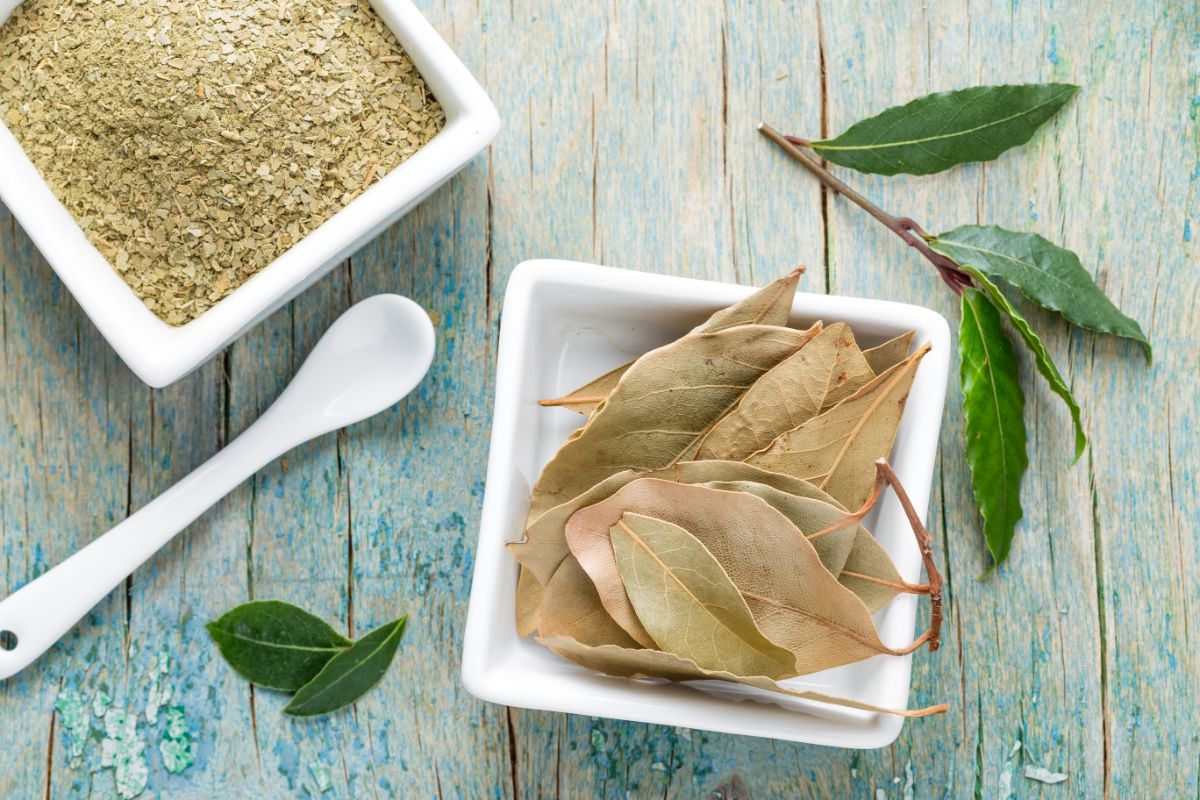
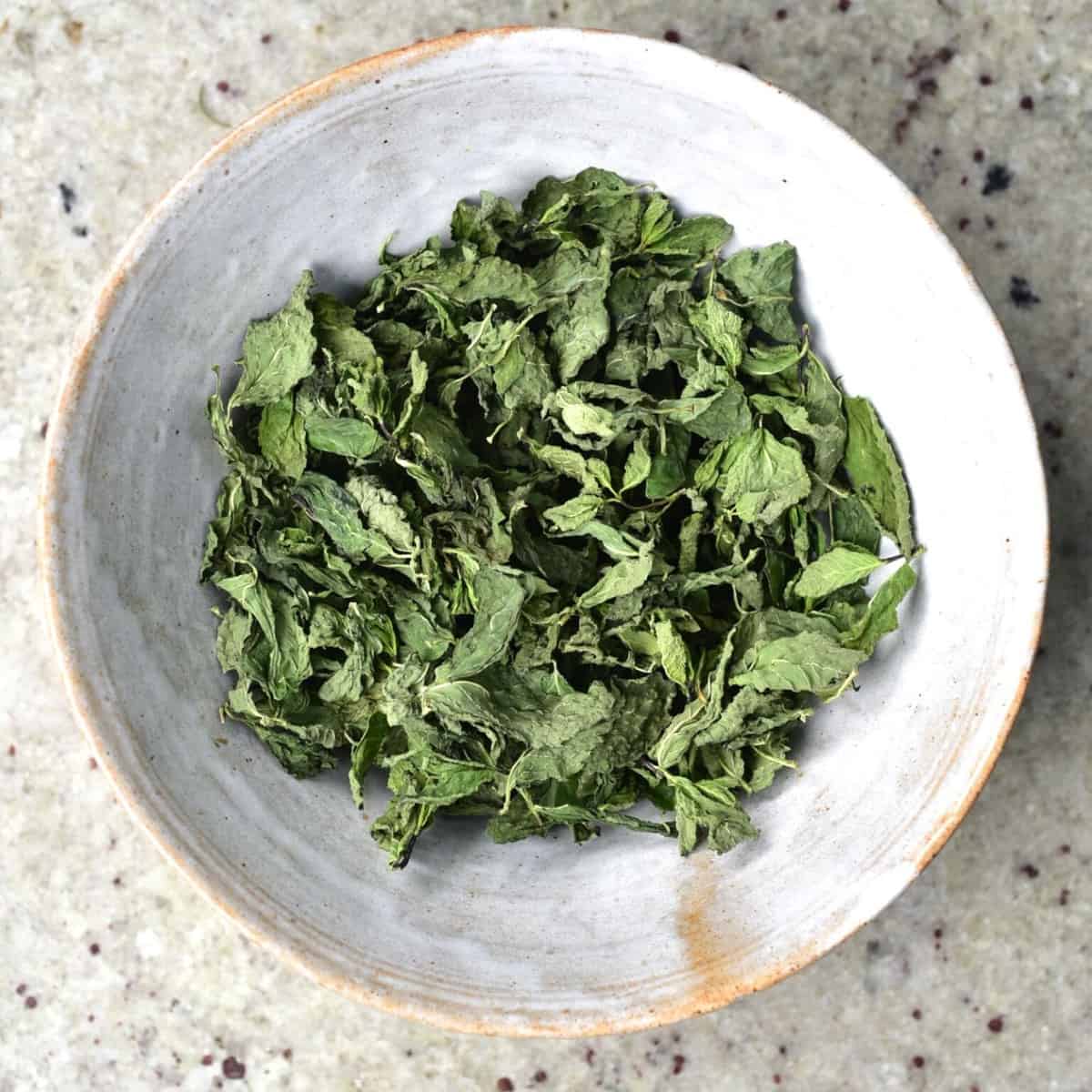
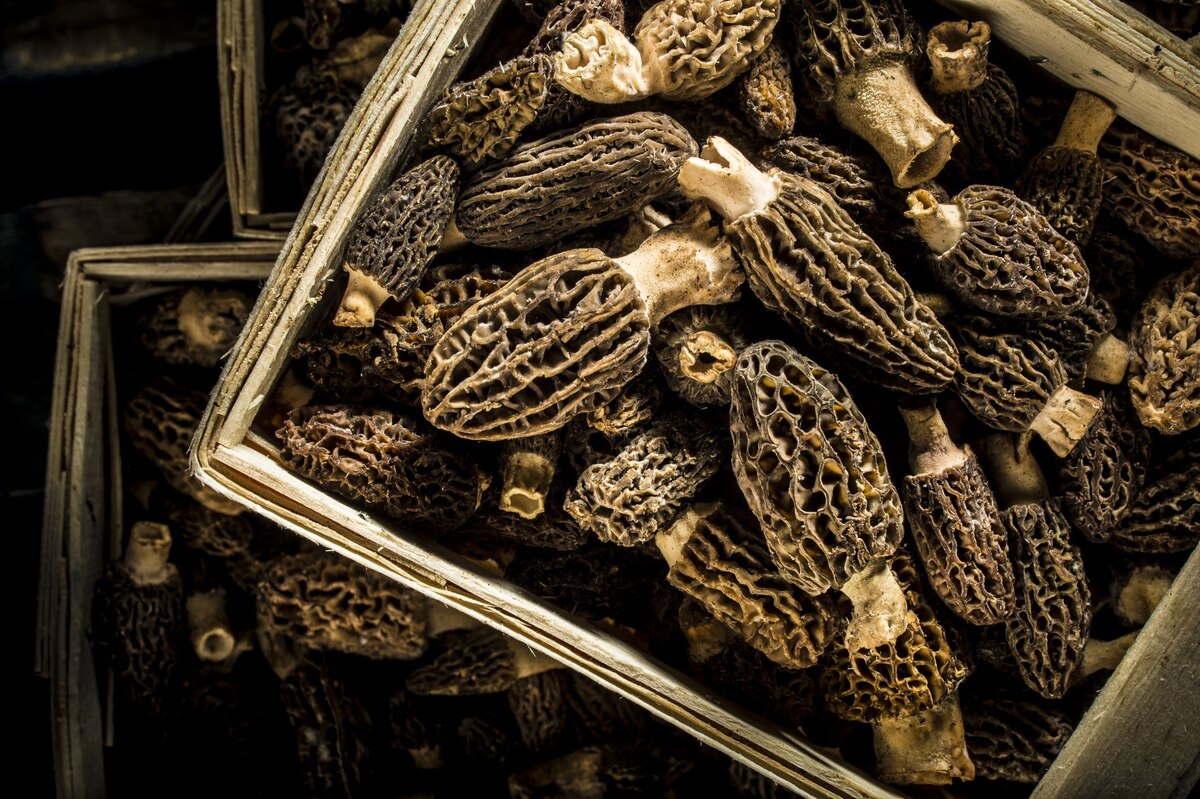
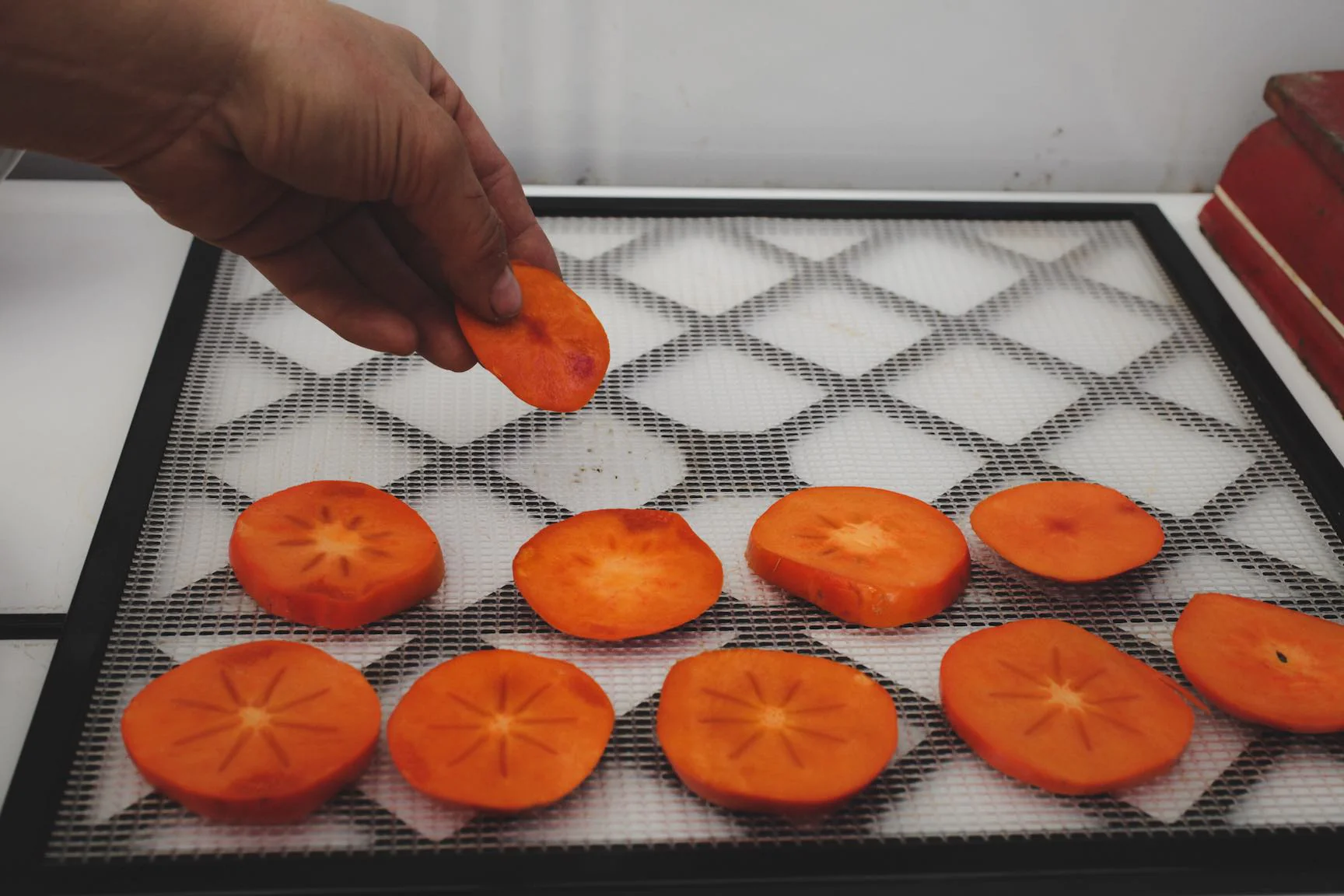

0 thoughts on “How To Dry Apricots In A Dehydrator”